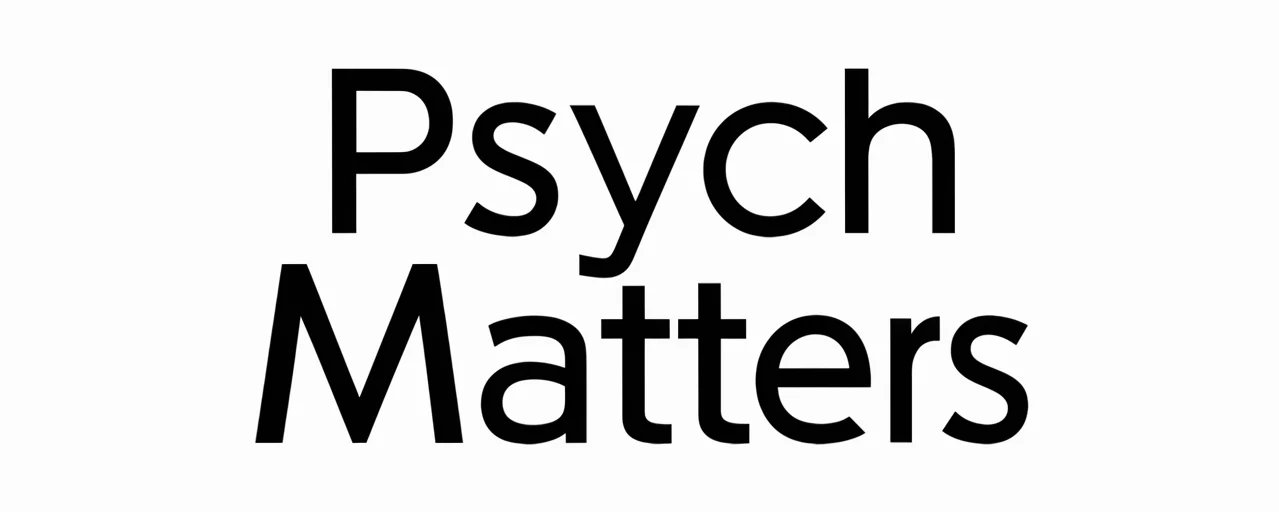From Monotony to Momentum: The Psychology of Boredom and Downtime
Unmasking the Quiet Signal: What Boredom Reveals in Downtime
Boredom is more than idle dissatisfaction—it is an internally generated signal that something about our current situation is failing to engage our attention or motivation. In the context of downtime, boredom can act as a cue for psychological restoration, alerting us to the need for new experiences, challenges, or rest. According to research, boredom in periods of low stimulation is linked to a reassessment of our current activities, often prompting shifts toward more rewarding or purposeful actions.

In leisure psychology, such moments may be pivotal for reclaiming autonomy, adjusting our environment, or pursuing creative outlets—making boredom a potentially valuable guide for self-regulation and growth.
Decoding Boredom: Transient State vs. Proneness
The psychology behind feeling bored distinguishes between:

- Transient boredom – A temporary state in response to inadequate stimulation or repetitive tasks.
- Boredom proneness – A stable personality trait characterized by frequent or chronic under-stimulation and difficulty generating interest.
While transient boredom can serve adaptive functions, boredom proneness is associated with negative outcomes such as impaired persistence, greater susceptibility to distraction, and difficulty sustaining meaningful engagement. Differences in individual task autonomy can shape emotional responses: low autonomy situations often trigger frustration, whereas high autonomy contexts may evoke depressive affect.
Brain on Standby: Neural Mechanics of Boredom
Neuroscience reveals that boredom reflects a dynamic interplay of brain regions. Studies show that during boredom, the insular cortex—responsible for processing salient stimuli—exhibits decreased activity, signaling a disengagement from both internal and external cues. Simultaneously, areas associated with negative affect, such as the amygdala, become active, and the prefrontal cortex engages in planning and decision-making processes.

These neural patterns suggest that boredom is not a passive state but an active neurological condition that can influence attention span, mental clarity, and readiness to explore new goals.
Restlessness with a Purpose: Boredom as a Motivator
Boredom has a documented functional role in behavior and cognition. It acts as a “call to action,” motivating individuals to disengage from monotonous tasks and reorient toward more stimulating activities. In cognitive psychology, boredom is thought to facilitate the shift between exploitation (continuing with known activities) and exploration (seeking new ones), a process vital for adaptive behavior.

This drive toward novelty can enhance creativity, problem-solving, and even lead to breakthroughs after periods of mental rest and mind wandering, particularly when constant stimulation is reduced.
Emotions in the Waiting Room: Autonomy and Affective Responses
Emotional reactions to boredom are shaped by perceived control over the situation. Research indicates that when boredom occurs under low autonomy, it tends to elicit irritation or frustration. In contrast, boredom in high-autonomy contexts, such as self-directed downtime, may evoke more subdued or depressive feelings (source).

This interplay between autonomy and affect reveals why some forms of idle time feel restorative while others feel oppressive, tying in with broader concepts of emotional regulation and mental health.
When Boredom Meets Others: Social and Personality Factors
Social and personality variables shape how boredom is experienced and managed. Boredom proneness has been linked to withdrawal behaviors, decreased social engagement, and, in adolescence, even delinquent activity. Personality traits such as low conscientiousness and high sensation-seeking can amplify boredom’s disruptive potential.
Conversely, some individuals harness boredom in social downtime for introspection, creative projects, or relationship building. Understanding these differences is essential for educators, leaders, and mental health professionals who aim to turn idle time into opportunities for constructive engagement.
Turning Downtime into Uptime: Effective Boredom Coping Strategies
Transforming periods of under-stimulation into productive intervals involves strategic selection of boredom coping techniques. Evidence-based approaches include:
- Physical activity – Exercise can elevate mood and enhance cognitive function through dopamine release and improved brain plasticity.
- Mindfulness and meditation – These practices reduce mental fatigue and improve attention restoration by fostering present-moment awareness.
- Creative exploration – Engaging in artistic or problem-solving tasks channels restless energy into innovation.
- Planned mind wandering – Allowing the mind to drift in a relaxed setting can encourage insight and long-term goal formulation.
These strategies align with the mental health benefits of downtime, allowing individuals to leverage idle moments for psychological well-being and cognitive recovery.
From Monotony to Momentum: Wrapping Up Boredom’s Hidden Power
Boredom, while often seen as a nuisance, functions as a key psychological signal and a potential catalyst for creativity and growth. By understanding the neuroscience, social dynamics, and emotional variables that shape our experience of under-stimulation, we can better appreciate its role in attention restoration, mental clarity, and adaptive behavior.
Whether used to spark innovation or to recharge cognitive resources, boredom—managed effectively—can transform monotony into momentum, reinforcing why intentional downtime is an essential component of a healthy, balanced life.







